Seven untitled engravings [Etudes de chevaux de bataille blesses (Studies for Wounded Warhorses)], 1600s
Etched by Jan van Huchtenburgh (1647-1733)
after Adam Frans van der Meulen (1631 or 1632-1690)
after Charles Le Brun (1619-1690)
GC070 Dutch Prints Collection
The Graphic Arts Collection holds seven prints believed to be part of the ten studies described as Etudes de chevaux de bataille blesses related to various battle scenes by Charles Le Brun (see Bartsch 44. Hollstein 44)
We also believe these studies might have been referenced for such large-scale prints as our Untitled [Defeat of Porus by Alexander the Great at the Battle of the Hydaspes], engraved by Bernard Picart (1673-1733), based on a work by the architect Thomas Gobert, ca. 1730.
Below are a few of the isolated studies of horses in battle and then, a few comparisons with the finished print. Note, the horses are laterally reversed in the final image. What do you think?
[above: engraved after Charles Le Brun’s Etudes de chevaux de bataille blesses (Studies for Wounded Warhorses). Below: same horse laterally reversed in a detail from the Defeat of Porus by Bernard Picart]
[above: engraved after Charles Le Brun’s Etudes de chevaux de bataille blesses (Studies for Wounded Warhorses). Below: same horse laterally reversed in a detail from the Defeat of Porus by Bernard Picart]
The Flemish painter, Frans van der Meulen (1632-1690) specialized in battle scenes. Charles Le Brun brought him to Paris around 1662 to work on designs for Louis XIV.
“The fact that Le Nôtre and Le Brun were to be found at the siege of Valenciennes in 1677 is perhaps less unlikely than it might seem. Louis himself wrote to Colbert to say that ‘Le Brun and Le Nôtre arrived this morning with Van der Meulen. I am very glad that Le Brun will see the disposition of this siege because it is very fine.’ Le Brun and the Fleming Adam Frans van der Meulen could be classed as war artists. Shortly after his arrival in France, Van der Meulen was commissioned to paint a series of views depicting Louis’ military successes.”—from Ian Thompson, The Sun King’s Garden: Louis XIV, Andre Le Notre and the Creation of the Gardens of Versailles (2006) Firestone SB470.L4 T56 2006

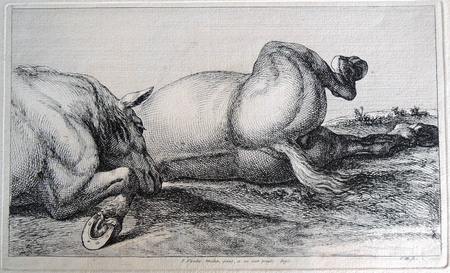

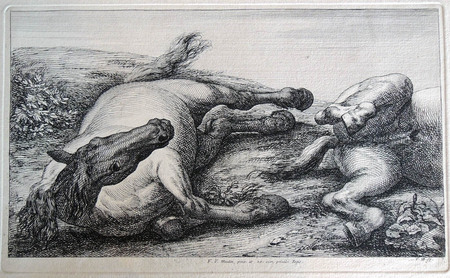
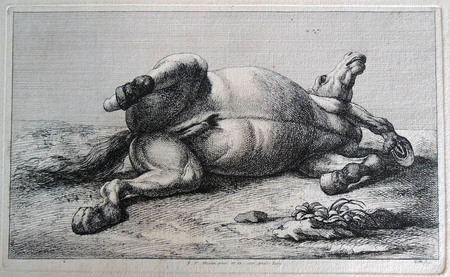


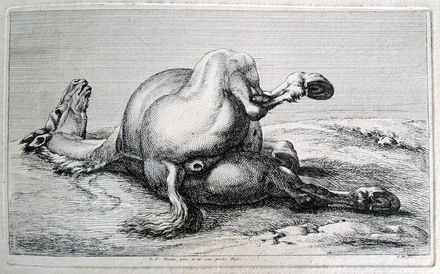

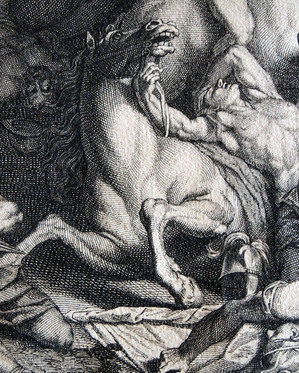
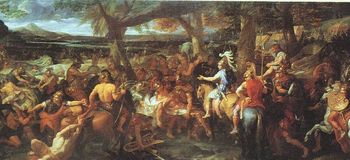
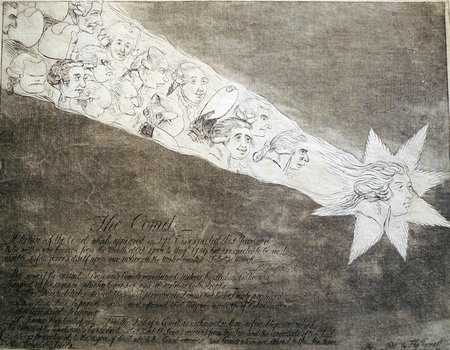

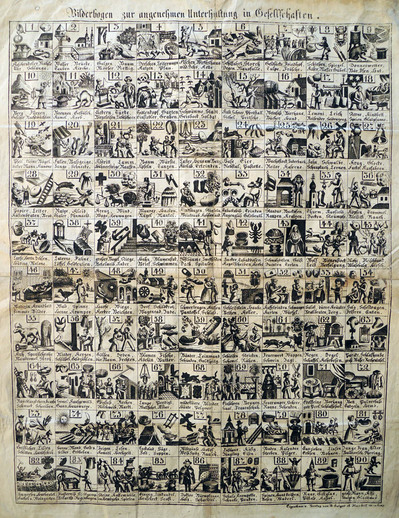

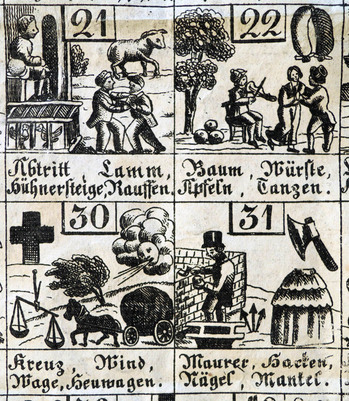

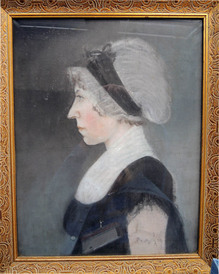

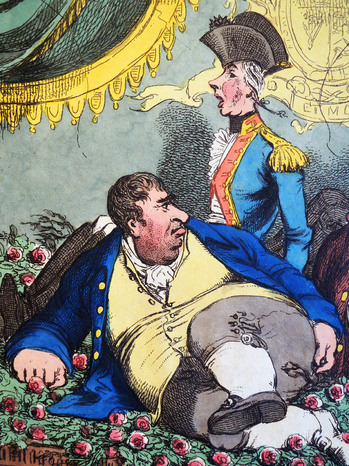

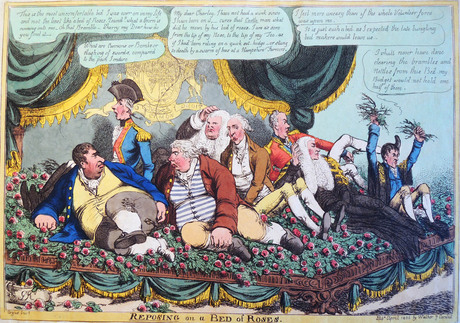
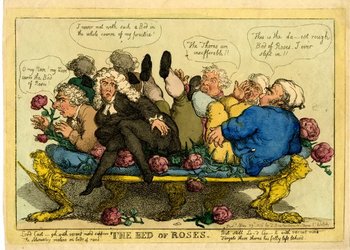
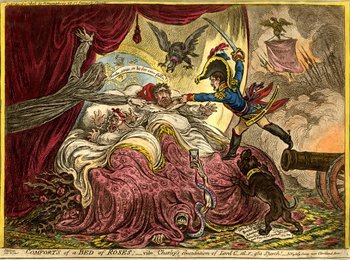



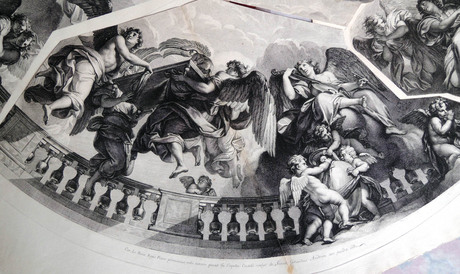

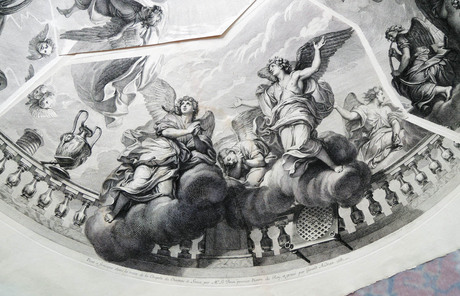

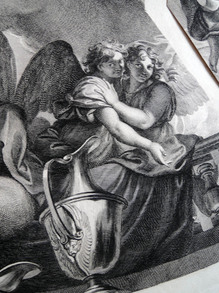
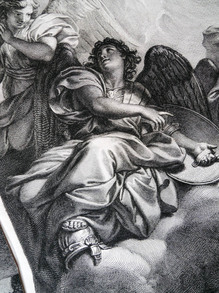
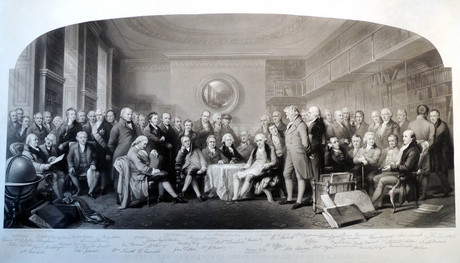
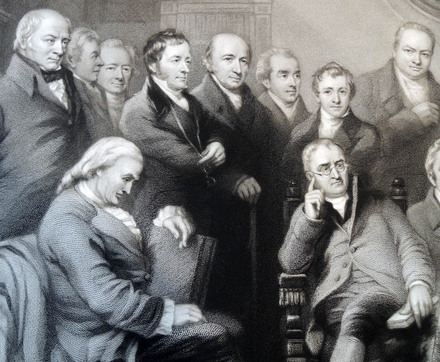
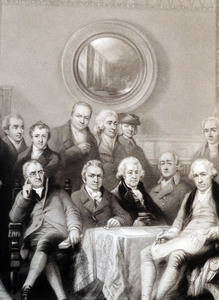
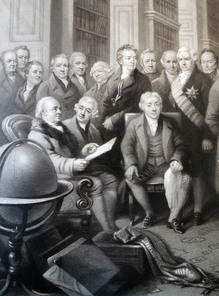
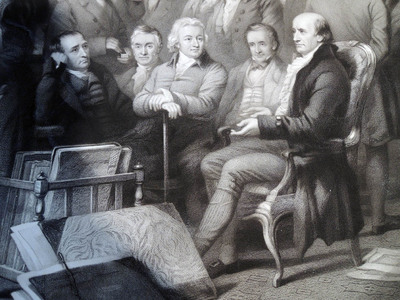
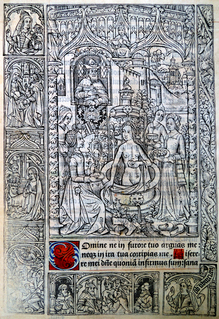
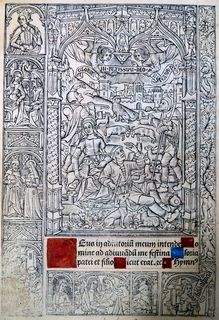
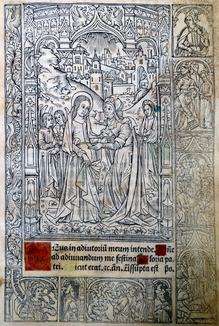
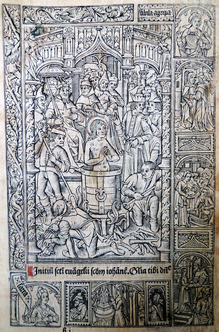
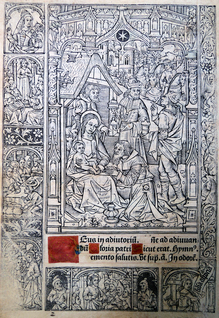
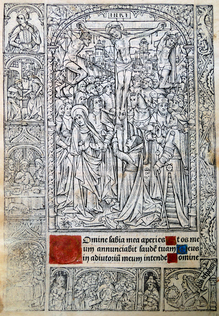
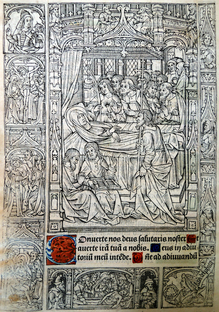
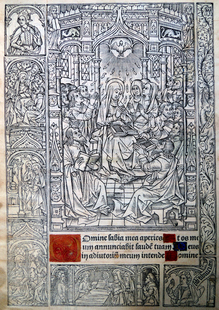
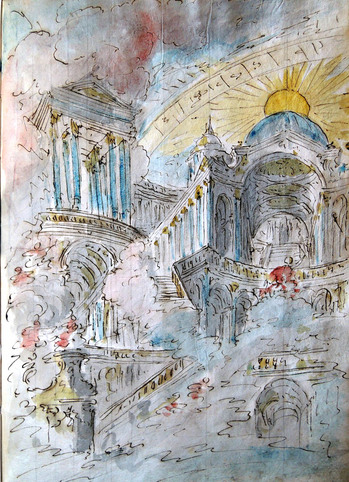

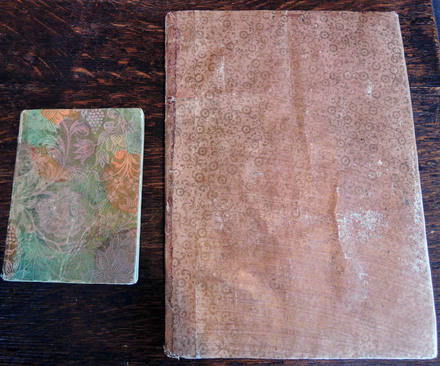
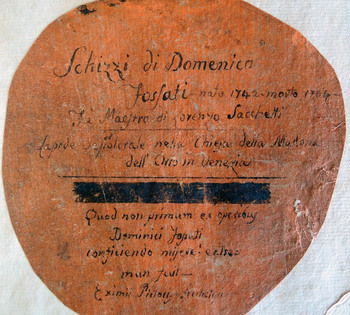
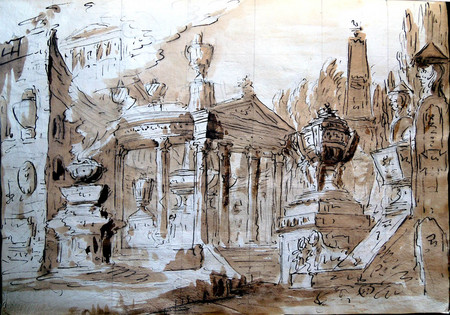
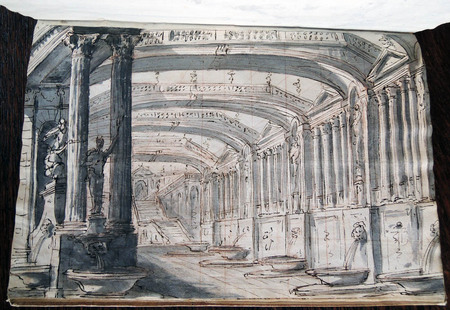
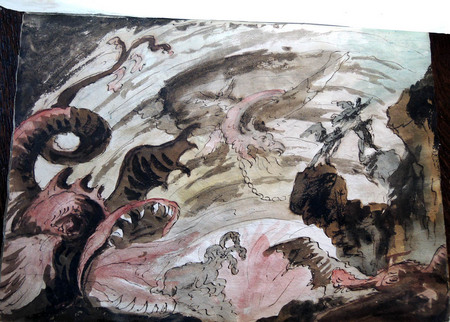
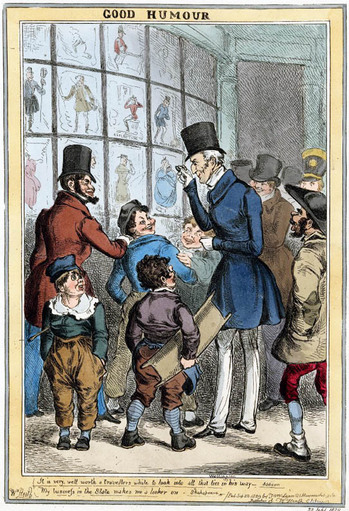

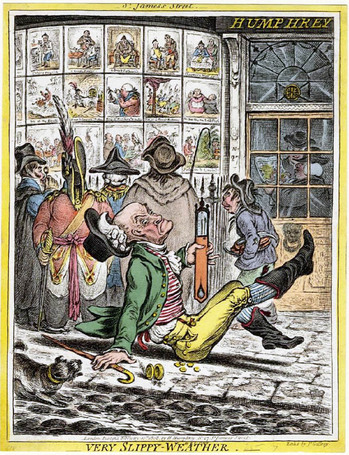

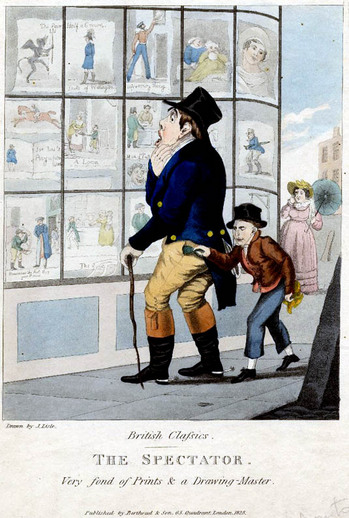
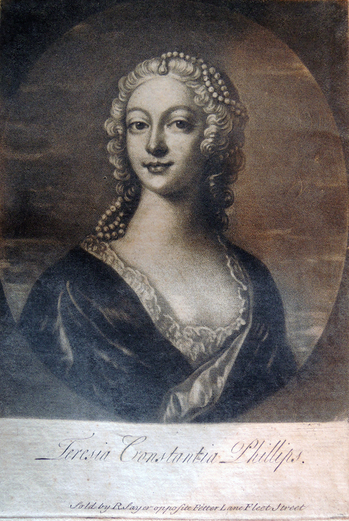
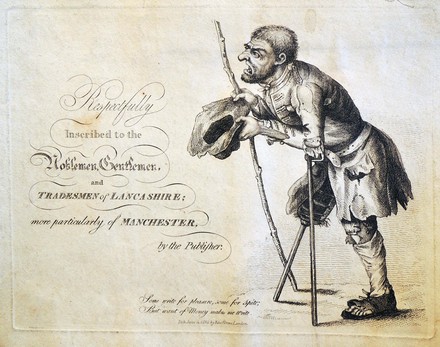
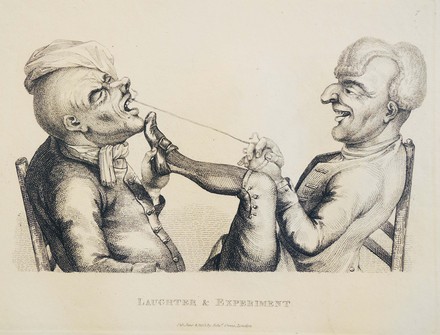
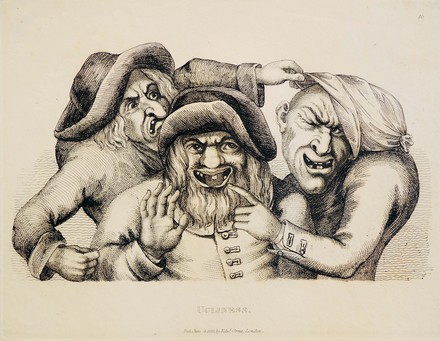
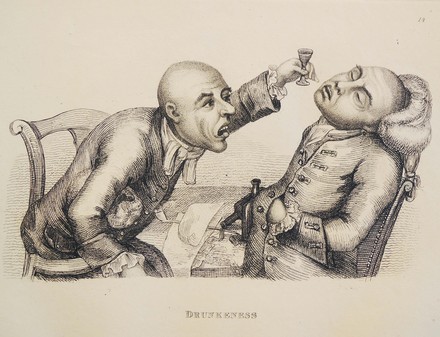

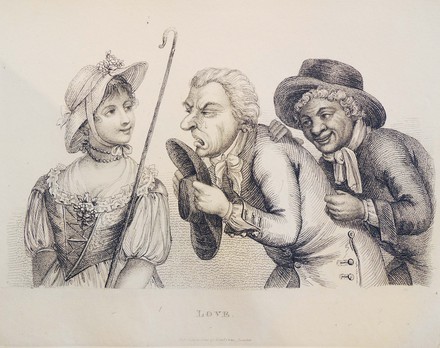
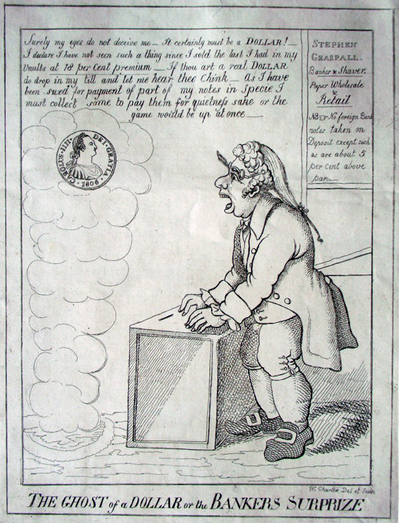
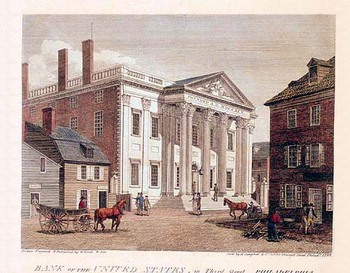

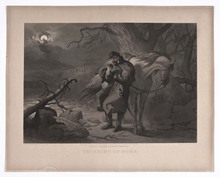
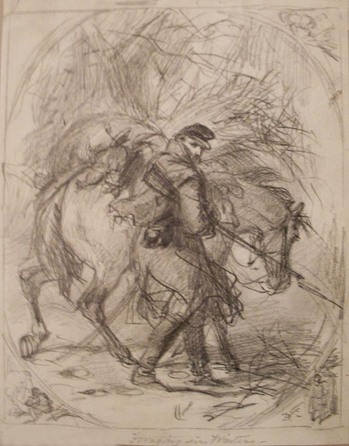

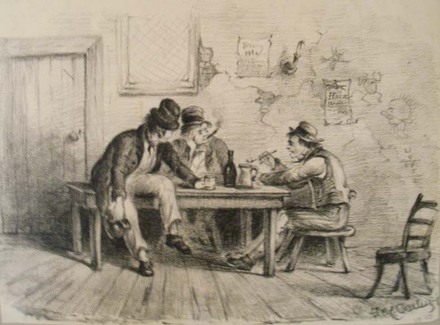
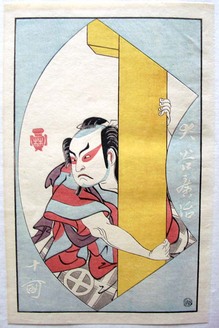
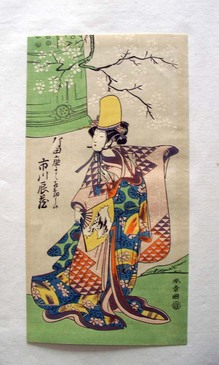
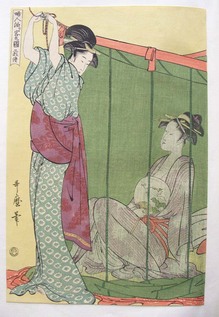
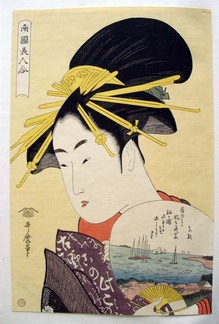
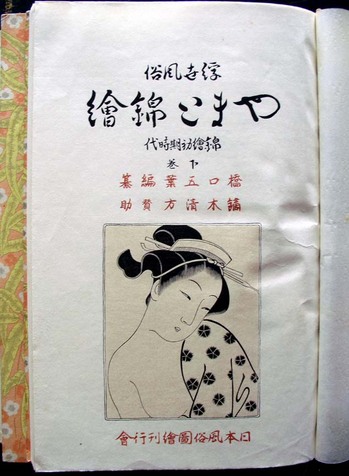


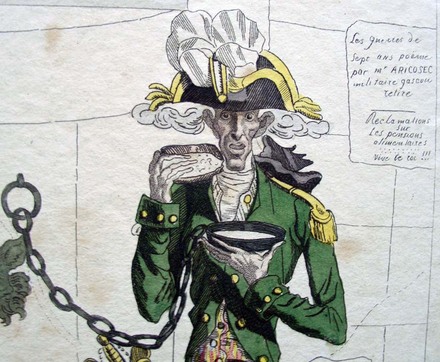

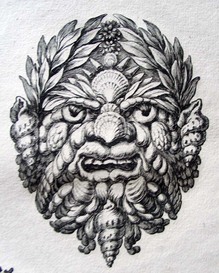
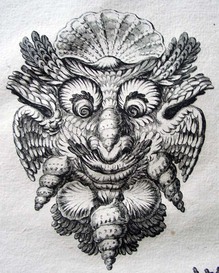

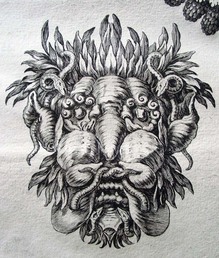
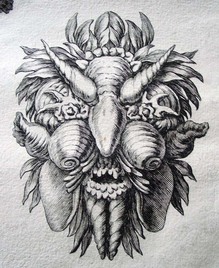
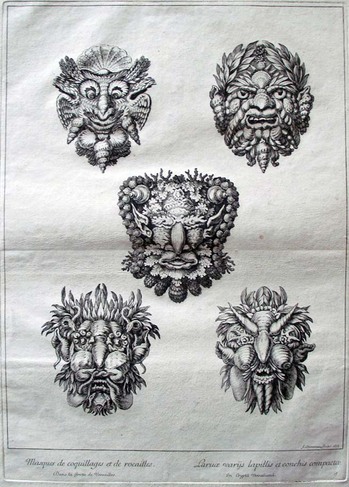
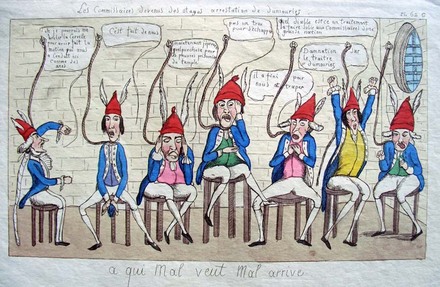
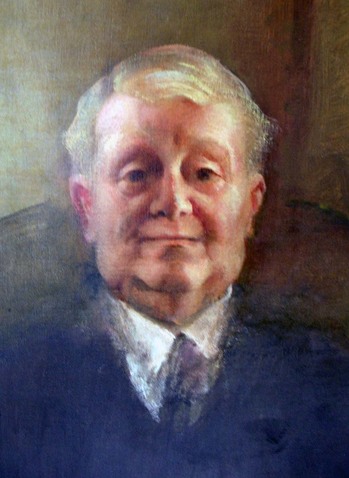


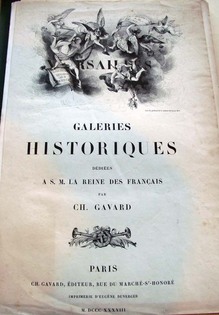


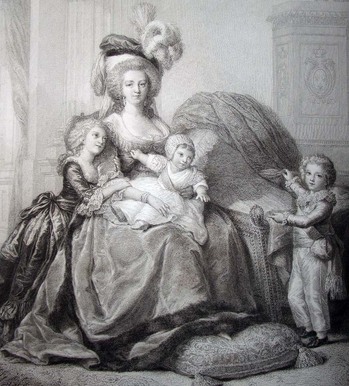
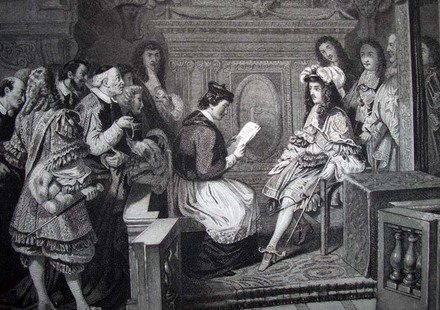

Recent Comments